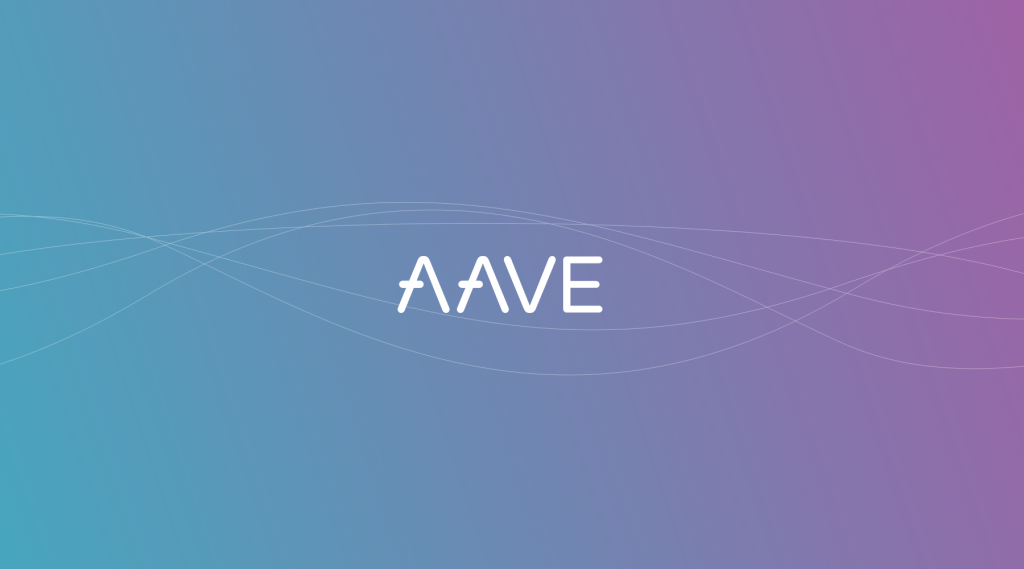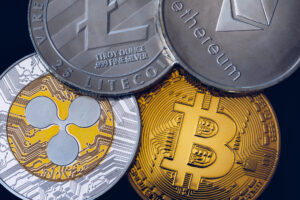Quantitative easing (QE) is a form of unconventional monetary policy used by central banks to stimulate the economy. Typically, interest rates are lowered in the hope that this will lead to economic growth. The aim is to increase the amount of money in circulation to encourage lending.
QE is a monetary policy measure where the central bank buys a large number of securities to stimulate the economy. The central bank buys a predetermined amount of government bonds or other financial assets (i.e. municipal bonds, corporate bonds, equities, etc.) to inject money into the economy to expand economic activity. It is considered an "unconventional" form of monetary policy, generally only used when inflation is very low or negative and the usual monetary policy tools have become ineffective.
The mechanics of QE
The central bank conducts QE by purchasing financial assets from commercial banks and other financial institutions. This raises the prices of financial assets to rise and lowers their yields while increasing the money supply. However, unlike conventional policy, quantitative easing involves the purchase of riskier assets on a large scale and over a predetermined period of time.
Central banks typically resort to quantitative easing when their nominal interest rate target is close to or at zero. Very low interest rates lead to a liquidity trap, a situation in which people prefer to hold cash or very liquid assets rather than face low returns on other financial assets. The authorities can then use quantitative easing to stimulate the economy rather than trying to lower the interest rate further.
In theory, QE can help pull the economy out of recession and ensure that inflation does not fall below the central bank's inflation target. However, QE programmes have also been criticised for their risks and side effects. Quantitative easing was implemented by all major central banks around the world after the 2008 global financial crisis and again in response to the COVID-19 pandemic.
Steps of quantitative easing
- Asset purchases
The central bank buys financial assets, usually government bonds or other securities, from banks and other financial institutions. - Reserves are increased
The sellers of these assets (banks and financial institutions) receive cash in exchange, which increases their reserves. - Lending and investment
The expectation is that these financial institutions will use the newly acquired cash to lend to businesses and consumers or invest in other assets, thereby stimulating economic activity. - Lower interest rates
Increased demand for credit and investment tends to drive down interest rates, making borrowing more attractive. - Boosting inflation and employment
By encouraging spending and investment, QE aims to boost economic growth, raise inflation to target levels and reduce unemployment.









